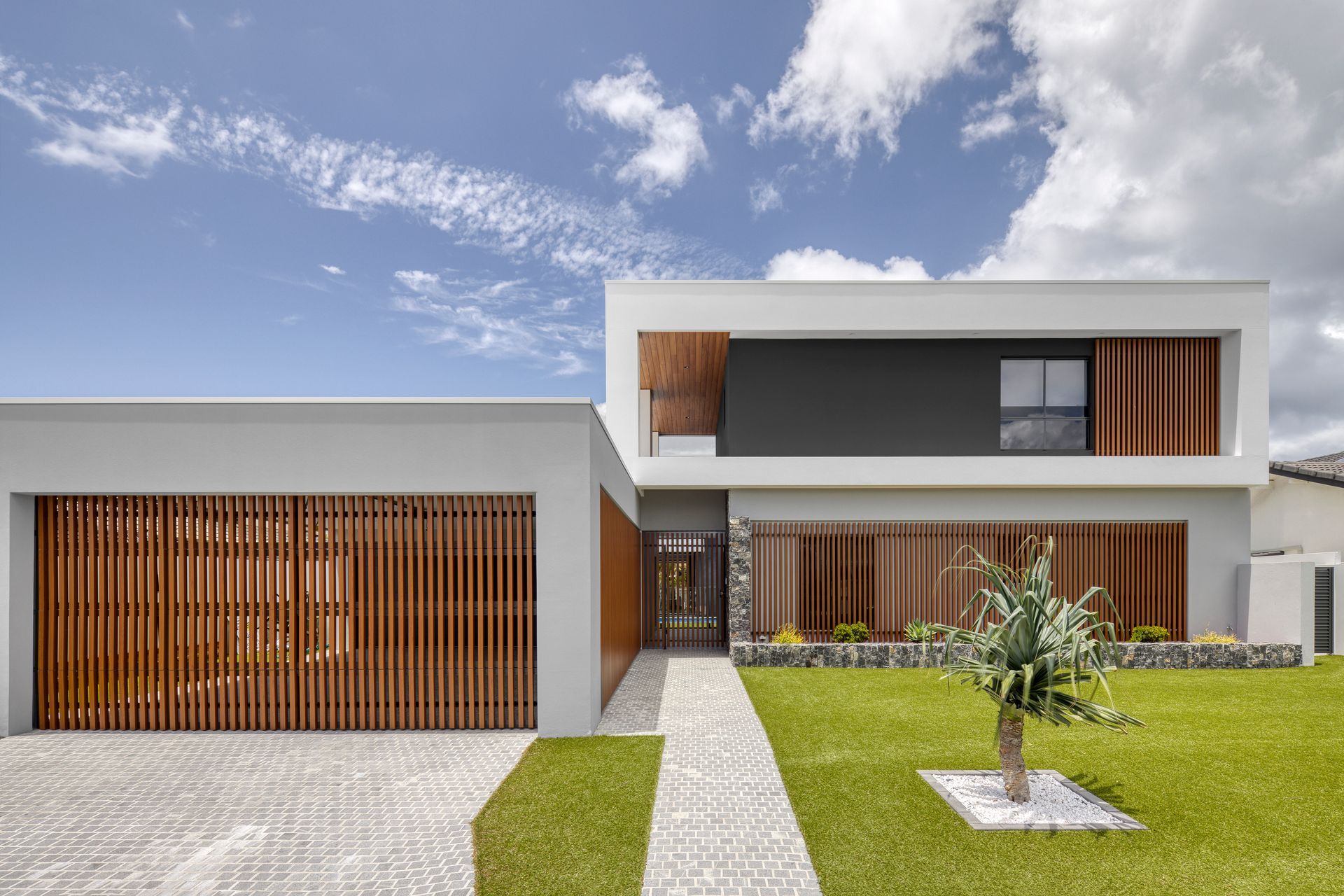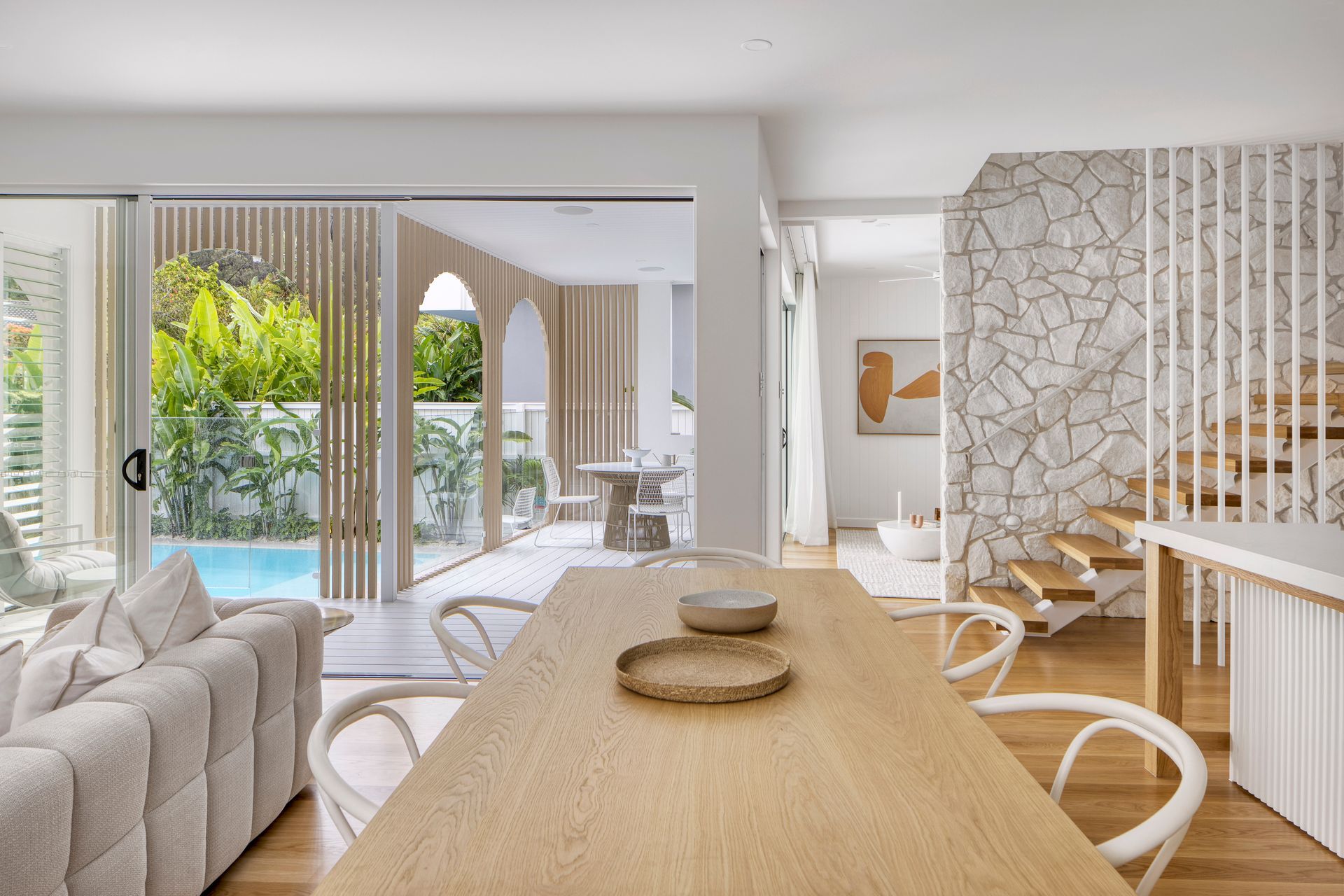Why energy-efficient homes are the future of residential building
Written by
25 July 2022
•
3 min read

Many people are surprised to learn how impactful the average building is on the environment. Australian households generate at least one-fifth of the country’s greenhouse gasses, around 18 tonnes per household per year, but that number can grow up to 30 tonnes or more depending on where you live and your lifestyle, not to mention that Australian homes use 24% of the country’s total electricity demand. Unquestionably, how we construct and operate our built environment plays a key role in the future of our planet.

The benefits of energy-efficient housing
Research by the Australian Energy Council has found the right efficiency policies could enable the world to achieve more than 40% of the emissions cuts needed to reach its climate goals without requiring new technology, as well as decrease water use and the production of some pollutants.
Furthermore, not only can an energy-efficient home cut down the cost of your utility bills, Climate Council modeling suggests that energy efficiency assists with reducing power demand, which would lower the cost of electricity for all while reducing the risk of blackouts at peak times, such as during a heatwave – an important factor to consider when the frequency of extreme weather events is increasing.

How Australia is addressing energy efficiency
Although many existing homes in Australia were constructed prior to the National Construction Code 2010 implementation of the 6-star efficiency standard – which has since been upgraded to a 7-star requirement for new residential buildings – green, energy-efficient and eco-friendly housing has been a steadily growing trend in Australia.
State governments have supported the increased use of renewable energy by offering rebates and incentive programs for homeowners and builders, while technological advancements have made incorporating eco-friendly elements into structures easier and more affordable than ever. Trends in the real estate market also reflect this sentiment, with a recent study from the Queensland University of Technology and PRD Nationwide indicating the median sale price of ‘green’ homes is 10% higher than conventional homes, and will sell 13 days faster.

What is an energy-efficient house?
So, what is an energy-efficient home? It’s simply a dwelling that facilitates a reduction in the use of energy derived from fossil fuels. This can look like solar panels, insulation, double-glazed windows, good ventilation, energy star-rated appliances and lighting. Consideration should be given to the energy efficiency of a home during the buying or building process, so that factors such as orientation, design and materials can be assessed early on, but there are ways it can be added retrospectively, too. Insulation, draught proofing, shading and wind breaks all offer a means of reducing heat gains and losses.
Despite ranking 18th out of the 25 largest economies in the world for performance on adopting and implementing energy-efficient technologies and standards, Australia is moving towards a more eco-friendly future thanks to the growing awareness of our collective carbon footprint, and new home builders and renovators are in the ideal position to implement positive change.
Discover professionals and projects that take a sustainable approach to design on ArchiPro.